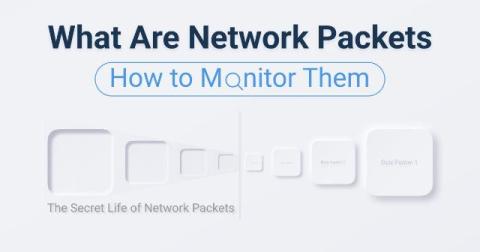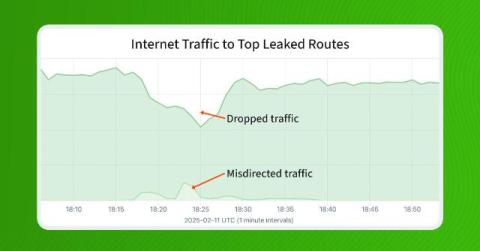Microsoft Azure is Going Secure by Default. Are You Ready?
Developers aren't lazy – but sometimes cloud service defaults can be. Here’s what to look out for, and how Azure is changing the game. Let’s face it: Developers can sometimes be labeled as “laissez faire” when it comes to security. But is that really fair? In reality, it’s not about being lax or lazy; it’s about the default configurations of many cloud services setting the security bar too low on initial deployment.











